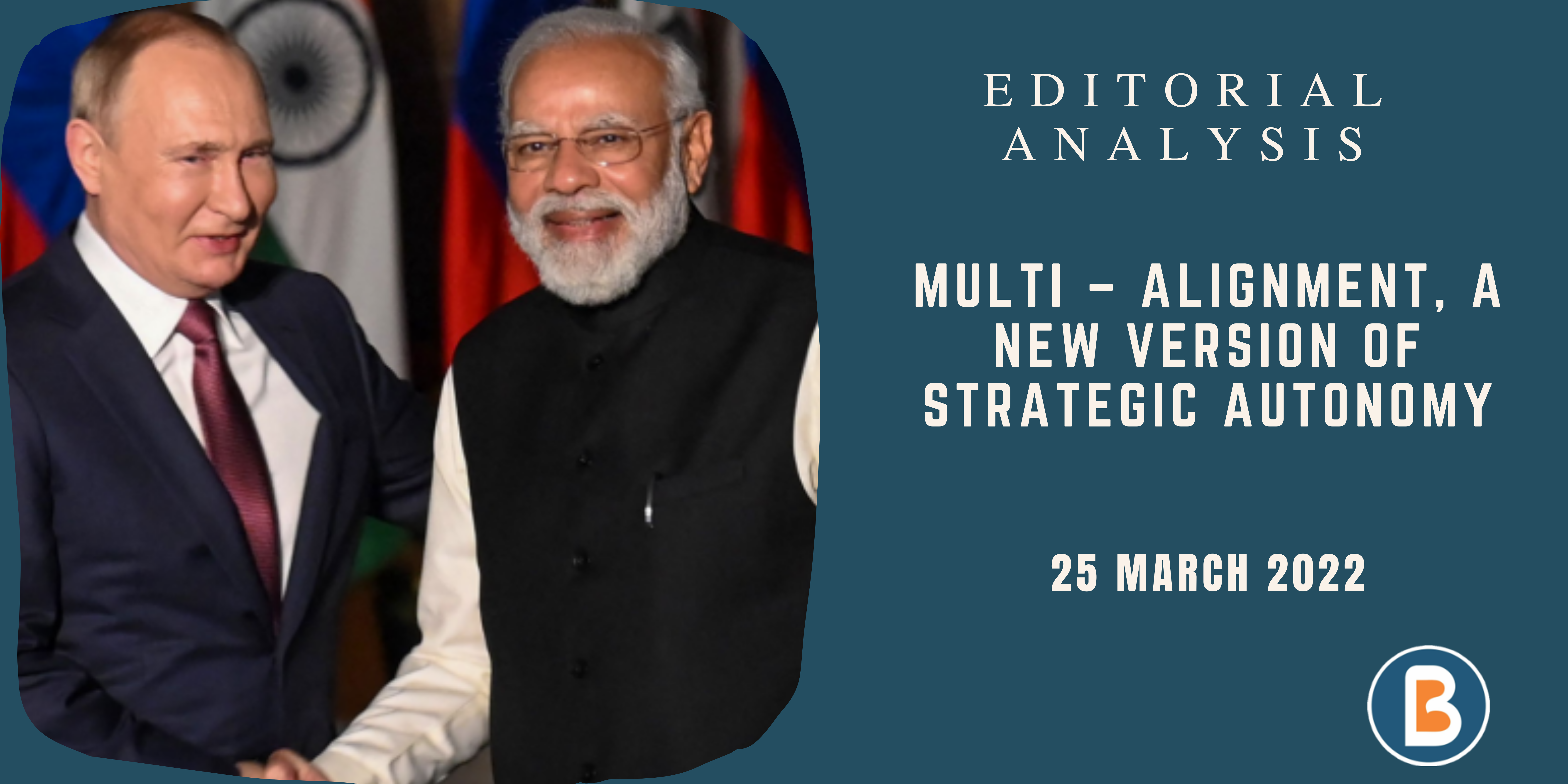Navigating the Challenges of Housing For All
Context:
As the tenure of the current Union government draws to a close, one of its flagship initiatives, Housing For All (HfA) by 2022, envisioned under the Pradhan Mantri Awas Yojana (PMAY) in 2015, remains a work in progress.
Relevance:
GS-02 GS-03 (Infrastructure, Government policies and interventions)
Dimensions of the Article:
- About Awas Yojana
- Current Challenges
- Benefits of the Scheme
About Awas Yojana:
- The PMAY is a centrally sponsored scheme aimed to address housing shortages in both urban and rural areas.
- Its objectives include slum rehabilitation, promotion of affordable housing for weaker sections, and subsidies for beneficiary-led construction.
- PMAY-Urban is one of the major flagship programmes being implemented by the Government of India under the Ministry of Housing and Urban Affairs (MoHUA) since 2015.
- Its objective is to provide all weather pucca houses to all eligible beneficiaries in the urban areas of the country by the year 2022, through States/UTs/Central Nodal Agencies.
- The scheme covers all statutory towns as per Census 2011 and towns notified subsequently, including Notified Planning/ Development Areas.
Current Challenges:
- Despite the extension of the PMAY-Urban (PMAY-U) scheme until December 2024, the target of providing housing for all remains elusive.
- Urban areas face a shortfall of over 60 lakh houses, highlighting the widening gap between demand and supply.
- In-situ slum redevelopment (ISSR) which is a critical component, has failed to meet expectations, with only a fraction of eligible beneficiaries receiving sanction for housing.
Benefits of the Scheme:
- The PMAY has infused over $29 billion into low-cost housing projects over the past five years, emphasizing private sector participation to supplement public investments.
- However, the scheme’s efficacy in addressing the housing needs of slum dwellers has been limited. The participation of private players has led to vertical growth in settlements, exacerbating infrastructure challenges and affordability issues for residents.
- All houses under PMAY(U) have basic amenities like toilet, water supply, electricity and kitchen.
- The Mission promotes women empowerment by providing the ownership of houses in the name of female members or in joint name.
Way forward:
- The PMAY scheme holds immense potential to transform India’s housing landscape and uplift millions from poverty.
- Addressing the challenges of urban housing requires a multi-pronged approach, including community involvement, policy alignment, and increased government support.
- By reimagining housing initiatives through a lens of inclusivity and sustainability, India can inch closer to the vision of “Housing For All.”




